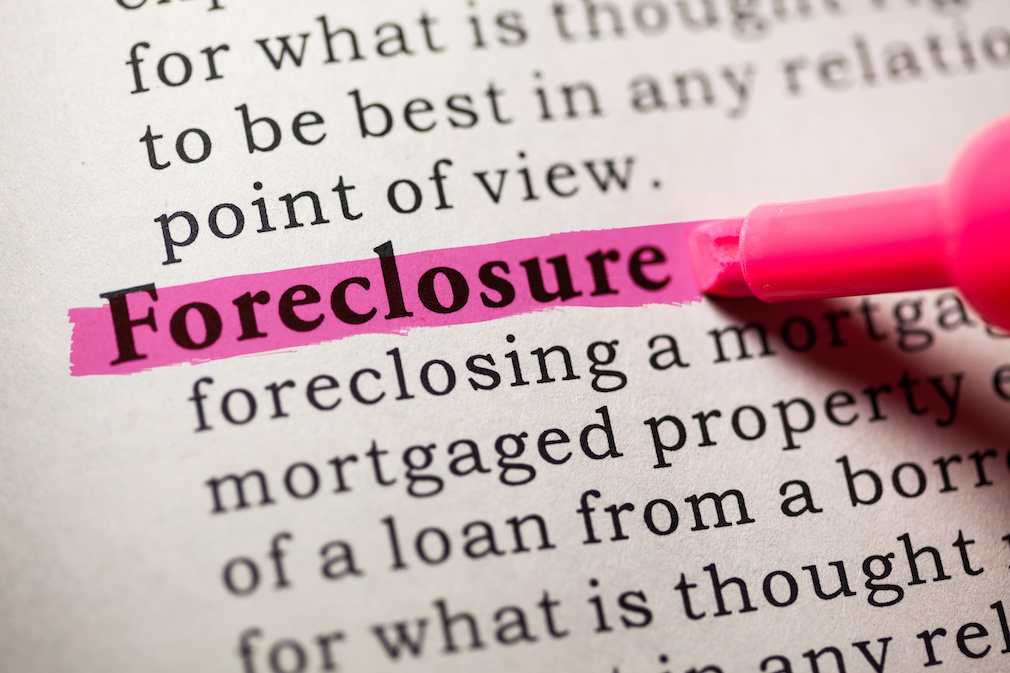In 2018, there were more than 600,000 American homes in foreclosure. While this total seems large, it actually represents the lowest rate of default since the nation’s financial crisis.
For comparison, in 2010, which is when the nation’s foreclosures peaked, there were about 2.9 million American homes facing a foreclosure.
In order to determine the long-term damage of these foreclosures, LendingTree conducted a study to assess how credit scores trend following a default, and how lenders loan to borrowers with a foreclosure listed on their financial records.
According to their findings, foreclosed-borrowers tend to face more financial obstacles than their counterparts when reentering the housing market.
“Borrowers are able to quickly reenter the homebuying market after foreclosure — in as little as two years,” LendingTree writes. “However, they pay a premium to do so. In our sample, those borrowers with a credit score above 740 paid an average rate of 5.02%, compared with 4.7% for borrowers who have never had or did not reflect a foreclosure in the previous seven years.”
LendingTree indicates that a foreclosures’ damage mostly occurs in the first two years following a default. However, when borrowing after three years or more, higher credit score borrowers end up paying lower interest rates.
“A $250,000 mortgage incurs an extra $17,135 in borrowing costs for borrowers with a score above 740 seeking loans two years after foreclosure,” LendingTree writes. “This drops to $4,580 for those who wait at least three years after foreclosure to request a new mortgage.”
Despite this drawback, LendingTree notes that America's housing market is much healthier than the days of the financial crisis. So, homebuyers that have experienced a past foreclosure are now more likely to evade a default.
“The strong housing market — with home prices rising for seven years on the back of an economic expansion that is now the longest in modern history — means that homeowners’ ability to manage their mortgage expenses is as good as it has ever been,” Lending Tree writes.
In May, CoreLogic reported that the nation’s foreclosure inventory rate, which measures the share of mortgages in some stage of the foreclosure process, decreased 0.1 percentage points from last year’s rate to 0.4%.
Overall, the company claims that the nation’s delinquency rate has fallen on an annual basis for 17 consecutive months, highlighting improvements in both family income and home price appreciation. You can read more about the report here.
Note: For this analysis, LendingTree analyzed offers for a sample of more than 1 million users who requested lender rate offers for mortgages in 2018.






